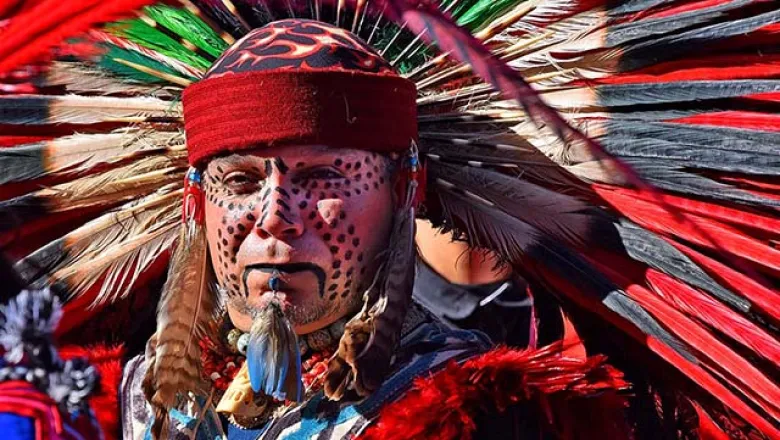Native Americans, also known as First Americans, Indigenous Americans, American Indians, and other terms are the indigenous peoples of the United States, including Hawaii and other territories. They are limited to the mainland at others. But do you know how many Native American Tribes Live in San Diego?
San Diego County has the most Native American tribal reservations of any county in the United States, with 18 tribe reservations in total.
History of Native Americans in America
It is unknown when or how Native Americans first settled in the Americas and the present-day United States. The dominant theory holds that during the Last Glacial Period, people migrated from Eurasia across Beringia, a land bridge connecting Siberia to present-day Alaska, spreading southward throughout the Americas over subsequent generations.
Genetic evidence suggests that at least three waves of East Asian migrants arrived, with the first arriving 15,000 years ago. These migrations may have begun as early as 30,000 years ago and continued until about 10,000 years ago, when rising sea levels submerged the land bridge at the start of the current interglacial period. (Source: PBS)
What is the Relationship Between Native Americans and Africans?
For centuries, African and Native Americans have interacted. The first recorded contact between Native Americans and Africans occurred in April 1502, when Spanish colonists brought the first Africans to Hispaniola to serve as slaves.
Native Americans sometimes resented the presence of African Americans. When an African American came among them as a trader in 1752, the Catawaba tribe showed great anger and bitter resentment. The Cherokee displayed the strongest color prejudice of any Native American to gain favor with Europeans. Because of European fears of a unified revolt of Native Americans and African Americans, colonists attempted to foster hostility between the ethnic groups: Whites sought to convince Native Americans that African Americans worked against their best interests.
Europeans considered both races inferior and worked to make Native Americans and Africans enemies. Native Americans were rewarded for returning escaped slaves and African Americans for fighting in the late nineteenth-century Indian Wars.
Due to a decrease in the population of men in Native American villages in the 18th century, many Native American women married freed or runaway African men. Records show that many Native American women bought African men but unknown to the European sellers, the women freed and married the men into their tribe, according to the principle of partus sequitur ventrem, which the colonists incorporated into law.
While many tribes used captive enemies as servants and slaves, they also frequently adopted younger captives to replace members who died. In the Southeast, a few Native American tribes, particularly the Cherokee, Choctaw, and Creek, began to adopt a slavery system similar to that of the American colonists, purchasing African American slaves. Slavery caused divisions among Native Americans, even though less than 3% of Native Americans owned slaves. Records show that slaveholders in the Cherokee tribe were primarily the children of European men who had shown their children the economics of slavery. As European colonists brought slaves into frontier areas, there were more opportunities for African and Native American peoples to interact. (Source: PBS)
Image from timesofsandiego
